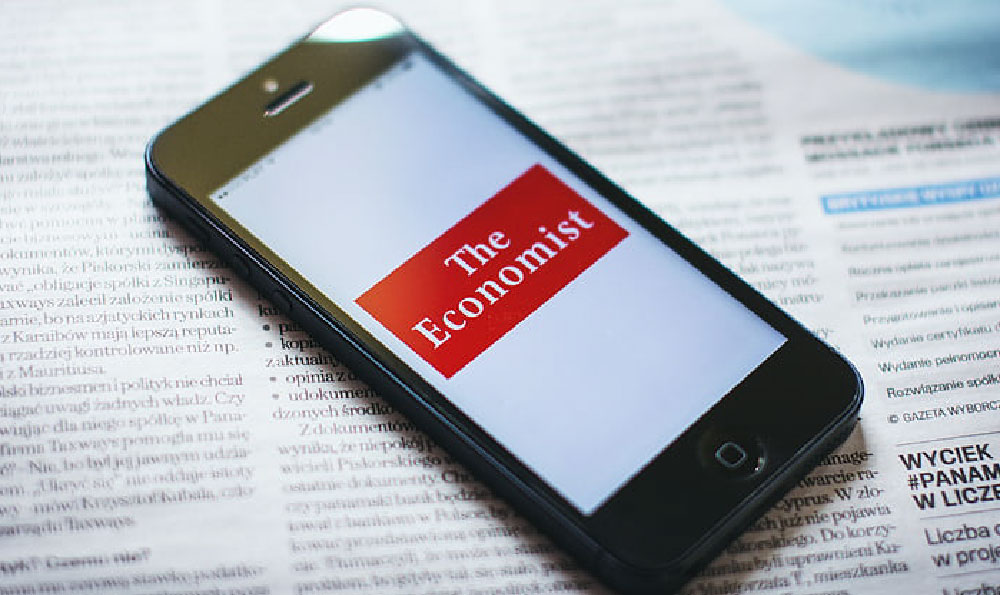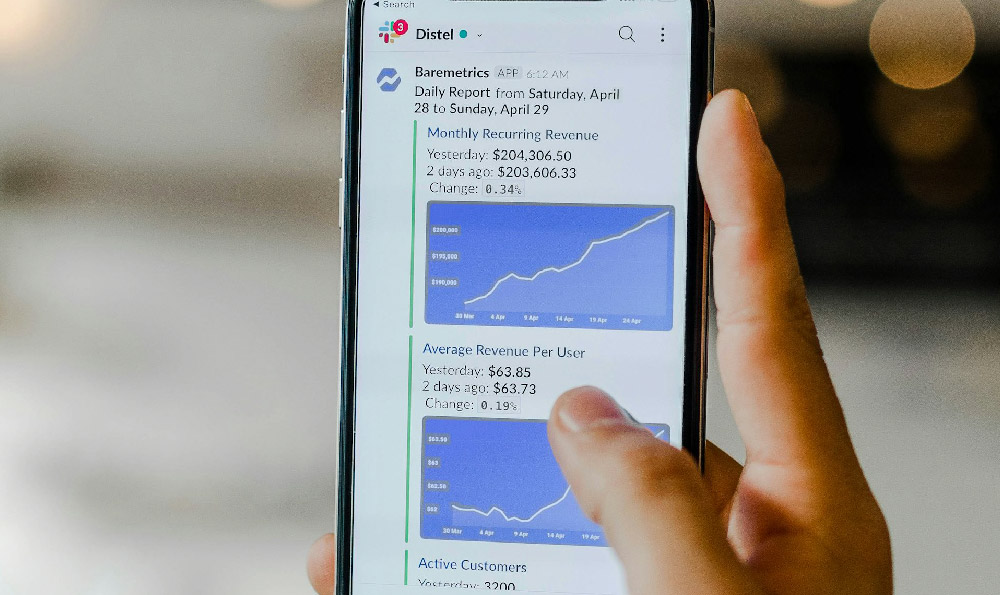The salary of a pharmacist is influenced by a complex interplay of factors such as geographic location, industry specialization, years of experience, and the evolving dynamics of healthcare systems. While it is tempting to generalize, a more nuanced analysis reveals that pharmacists often enjoy substantial financial rewards, though their earnings may vary significantly depending on these variables. In the United States, for instance, the Bureau of Labor Statistics (BLS) reports that the median annual wage for pharmacists in 2023 was approximately $130,230, placing them among the higher-earning professions in the healthcare sector. This figure, however, masks considerable differences between urban and rural areas, retail versus hospital settings, and the impact of technological advancements on traditional roles. Similarly, in the United Kingdom, pharmacists earn an average of £43,000 to £50,000 per year, with variations depending on whether they work in community pharmacies, NHS settings, or private pharmaceutical companies. These disparities underscore the importance of examining the broader context in which pharmacists operate, rather than relying solely on average numbers.
Geographic location plays a pivotal role in determining a pharmacist's income. In metropolitan areas with high costs of living, such as New York, California, or London, pharmacists typically command higher salaries due to the greater demand for healthcare services and the competitive nature of urban markets. Conversely, in rural or less economically developed regions, salaries may be lower, though some areas offer incentives like housing subsidies or loan repayment programs to attract professionals. Additionally, international differences are stark: pharmacists in countries like Germany, Canada, or Australia often earn more than their counterparts in the U.S. or U.K., while those in developing nations may face significantly lower compensation. These variations reflect not only economic conditions but also the level of investment in healthcare infrastructure and the regulatory environment governing the profession.
The industry in which a pharmacist works further shapes their earning potential. Community pharmacists, who manage independent or chain pharmacies, tend to earn less than those employed in specialized settings such as hospitals, research institutions, or pharmaceutical manufacturing. In the U.S., hospital pharmacists can earn upwards of $150,000 annually, while those working in clinical settings or as consultants may see even higher compensation. In contrast, retail pharmacists often earn around $110,000 to $130,000, with additional income from overtime or part-time roles. This distinction highlights the value of diversification within the profession, as pharmacists with skills in areas like compounding, clinical pharmacy, or medication management may access higher-paying opportunities. Moreover, the rise of telepharmacy and digital health platforms is creating new avenues for pharmacists to expand their reach and potentially increase income through remote services.

Years of experience and professional development also act as key drivers of salary growth. Entry-level pharmacists often start at a lower compensation tier, but as they gain expertise and take on leadership roles, their earnings increase substantially. For example, in the U.S., senior pharmacists with years of experience can earn over $160,000, while those in managerial positions may command even higher salaries, sometimes exceeding $200,000. Continuing education and advanced certifications, such as becoming a board-certified pharmacy specialist or obtaining a doctorate in pharmacy (PharmD), can further enhance earning potential. These qualifications often open doors to specialized roles that demand higher salaries, such as pharmacovigilance, health economics research, or pharmaceutical policy analysis.
Beyond base pay, pharmacists may benefit from additional income streams that contribute to their overall financial stability. These include bonuses for performance, commissions from pharmaceutical sales, and opportunities for entrepreneurship through consulting or starting their own pharmacy business. In some cases, pharmacists also engage in part-time roles or moonlighting, particularly in academic or research settings, allowing them to diversify their income sources. However, these opportunities are not universal and depend on market demand, regulatory frameworks, and individual ambition.
It is also essential to consider the long-term financial implications of a pharmacist's career. While the profession may offer a stable income, it is not immune to market fluctuations or changes in healthcare policy. For instance, the increasing automation of pharmacy processes may impact job security in retail settings, while the growing emphasis on preventive healthcare could create new avenues for pharmacists to contribute to public health initiatives. These trends suggest that pharmacists must remain adaptable, continuously updating their skills to remain competitive in a rapidly changing landscape.
Ultimately, the salary of a pharmacist is not a fixed value but a reflection of their professional journey, the environment in which they work, and their ability to navigate the evolving healthcare ecosystem. While the median wage provides a useful benchmark, it is the combination of specialization, geographic opportunities, and additional income streams that determines a pharmacist's financial success. For those considering this career path, a careful evaluation of these factors can help set realistic expectations and guide decisions about further education, career transitions, or supplementary income sources. By aligning their professional goals with market realities, pharmacists can maximize their earning potential and build a sustainable financial future.












